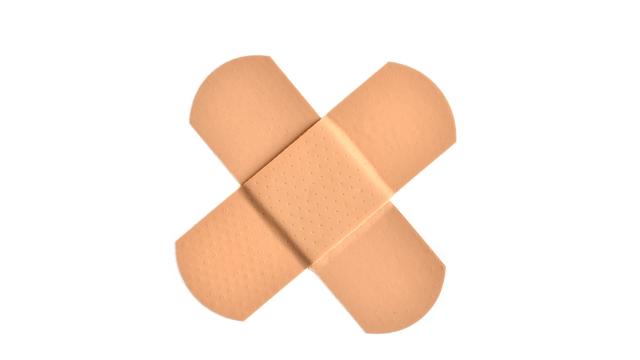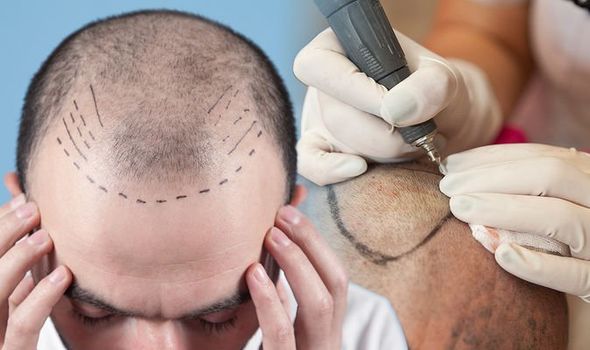How Wounds Heal: An Overview

The human body’s ability to heal after an injury is a remarkable process, involving a complex series of actions and reactions that work to restore the integrity of damaged tissue. Understanding how wounds heal not only fascinates from a biological perspective but also has practical implications for effective wound care and management. This article provides a comprehensive overview of the wound healing process, highlighting its phases, factors that influence healing, and insights into proper wound care.
Contents
The Phases of Wound Healing
Wound healing is traditionally divided into four distinct but overlapping phases: hemostasis, inflammation, proliferation, and remodeling.
Hemostasis: The Immediate Response
Immediately after an injury, the body initiates the hemostasis phase to stop the bleeding through blood vessel constriction and the formation of a blood clot. Platelets play a crucial role in this phase, not only by aggregating to form a clot but also by releasing signaling molecules that facilitate the next stages of healing.
Inflammation: Cleaning the Wound
Following hemostasis, the inflammatory phase begins, characterized by redness, warmth, swelling, and pain around the wound site. This phase aims to destroy any invading bacteria and remove debris, dead cells, and pathogens. White blood cells, including neutrophils and macrophages, are key players, engulfing and digesting cellular debris and microbes.
Proliferation: Rebuilding the Tissue
During the proliferation phase, the focus shifts to repairing the damaged tissue. This phase involves re-epithelialization (the formation of new skin), angiogenesis (the formation of new blood vessels), and the production of granulation tissue. Fibroblasts play a significant role, producing collagen and extracellular matrix components that form the foundation for new tissue.
Remodeling: Strengthening the Tissue
The final phase of wound healing involves the remodeling of newly formed tissue. Collagen fibers are reorganized, and the wound contracts to reduce its size. This phase can take months to years to complete, resulting in the formation of scar tissue that, while strong, does not fully regain the functionality of the original tissue.
Factors Influencing Wound Healing
Several factors can influence the efficiency and effectiveness of the wound healing process:
Age
Younger individuals tend to heal more quickly than older adults due to factors like improved circulation and a more robust immune system.
Nutrition
Adequate nutrition, particularly proteins, vitamins (A and C), and minerals (zinc and iron), is crucial for supporting the healing process.
Chronic Conditions
Conditions such as diabetes and vascular diseases can impede blood flow, slowing down the healing process and increasing the risk of infection.
Lifestyle Choices
Smoking and excessive alcohol consumption can negatively affect wound healing by impairing blood flow and immune function.
Proper Wound Care: Enhancing Healing
Effective wound care is essential for promoting optimal healing and preventing complications:
Cleanliness
Keeping the wound and surrounding area clean is crucial for preventing infection. Gently cleaning the wound with mild soap and water is usually recommended.
Moisture Balance
Maintaining a moist (but not wet) wound environment can accelerate healing and reduce the risk of scab formation, which can slow down the process.
Protection
Using appropriate dressings can protect the wound from bacteria and trauma, while still allowing it to breathe.
Monitoring
Regularly inspecting the wound for signs of infection, such as increased redness, warmth, or pus, is important. Seek medical attention if signs of infection are observed.
The wound healing process is a testament to the body’s ability to repair and regenerate. By understanding the phases of wound healing and the factors that influence it, individuals can take proactive steps to support their recovery after an injury. Proper wound care, including maintaining cleanliness, balancing moisture, and protecting the wound, plays a pivotal role in ensuring effective healing and preventing complications.






